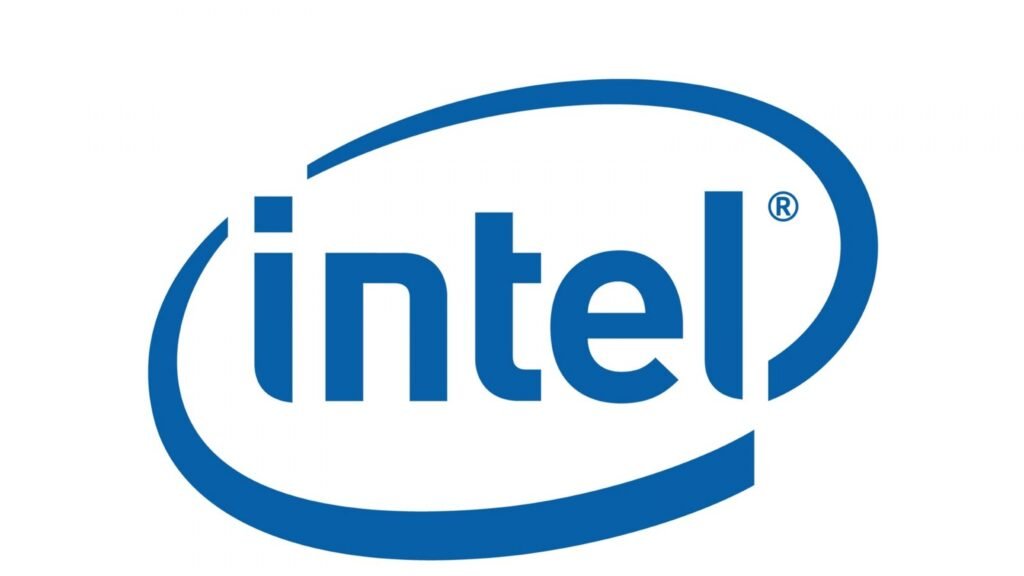
In This Article
In today’s uncertain global landscape, Intel faces a range of geopolitical challenges that could significantly impact its operations and growth. From the escalating Israel-Iran conflict and the intensifying U.S.–China technology rivalry to the critical risks surrounding Taiwan’s semiconductor hub, Intel must navigate a minefield of political tensions. Add to this the rising threat of state-sponsored cyberattacks and the shifting dynamics of friend-shoring and trade policies, and it’s clear that Intel’s strategic decisions are more crucial than ever. This blog explores the top five geopolitical challenges shaping Intel’s future and what they mean for the semiconductor giant.
Top five geopolitical challenges shaping Intel’s future
1. Israel–Iran Conflict & Regional Instability in the Middle East
Intel operates significant R&D and production facilities in Israel, including its Fab 28 plant in Kiryat Gat. Although these sites have not been directly affected so far, the ongoing conflict poses potential threats to operations—ranging from employee safety concerns to challenges in logistics and increased insurance liabilities. The broader regional unrest also heightens the risk of cyberattacks aimed at critical infrastructure worldwide.

2. U.S.–China Technology Tensions & Export Restrictions
Increasing U.S. limitations on the export of advanced semiconductor technologies and equipment are putting Intel’s business in China at risk. A decline of 25% in exports to China could substantially impact the company’s revenue and profitability, according to industry analysts. At the same time, Chinese regulatory agencies, such as the CSAC, have initiated security reviews of Intel’s products—mirroring earlier scrutiny faced by other U.S. chipmakers like Micron.
3. Taiwan Strait Tensions & Supply Chain Risks
Experts highlight Taiwan’s critical role in global semiconductor manufacturing, often referred to as the “Silicon Shield.” Any military conflict or instability in the region could severely disrupt worldwide chip supply chains. Intel’s efforts to diversify its manufacturing footprint depend heavily on Taiwan’s stability, as any escalation could cause major interruptions at the foundry and device production levels.
4. State-Sponsored Cybersecurity Threats
Heightened geopolitical conflicts—in areas like the Middle East, China, and Russia—have led to an increase in state-backed cyberattacks and espionage. Intel’s global infrastructure, including its fabrication plants, research centers, and IT networks, faces constant threats from malware and distributed denial-of-service (DDoS) attacks. Critical sectors in the U.S., such as energy and communications, are already on high alert for potential cyber operations originating from Iran.
5. Technology Friend-Shoring, Trade Barriers & Supply Chain Challenges
Intel is investing heavily in expanding domestic semiconductor manufacturing, supported by initiatives like the CHIPS Act. However, relocating production to geopolitically allied countries instead of China or Taiwan introduces new challenges related to costs, operational efficiency, and intellectual property management. Additionally, increasing tariffs and subsidy competition around the world add further complexity to Intel’s global supply chain management.



